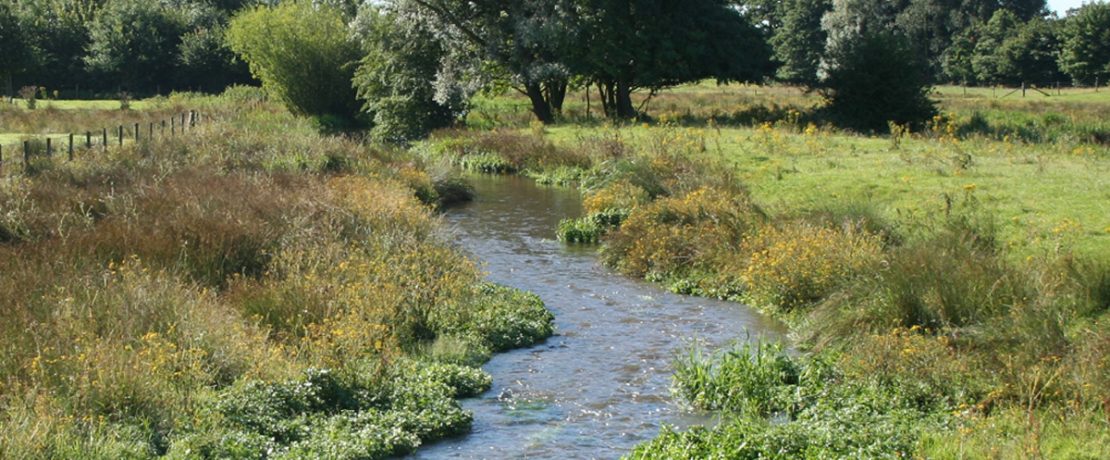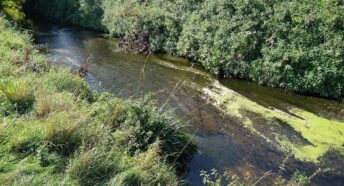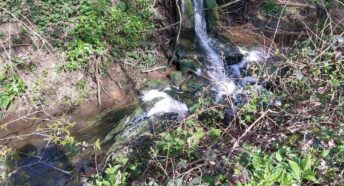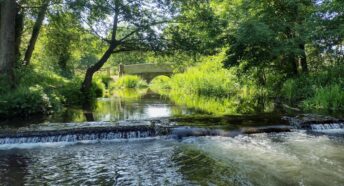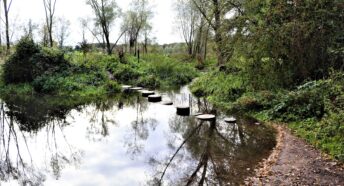Concern for our water resources
For much of 2019 chalk streams were in trouble: by September of that year many were dry for considerable parts of their length as a result of three consecutive years of low flows, due to below average rainfall and hot summer weather. Most of Hertfordshire’s water is supplied from the aquifer which also feeds these rivers, but calls to restrict water use and so relieve the aquifer fell on deaf ears.
The Environment Agency has directed water companies like Affinity Water (which supplies most of Hertfordshire’s water) to reduce reliance on aquifer abstractions to restore flows in chalk streams. As a result new sources of water need to be found.
We responded to Affinity’s Water’s consultation on its draft Water Resources Management Plan to 2080. Supporting our CPRE Oxfordshire colleagues we objected to one of Affinity’s proposed new sources, a massive new reservoir near Abingdon. This will not nestle attractively in a valley but intrude into a flat landscape with banks up to 30 metres high very close to several villages. Local residents would suffer a decade of construction work including the movement of 150 million cubic metres of materials and there are flood risk implications too.
The reservoir could only be finished by 2037 at the earliest, but our chalk streams need action now. By 2037 the biodiversity of many stretches of chalk streams could be lost or damaged beyond repair. Thanks to information supplied by the organisation GARD (Group Against Reservoir Development) our response to Affinity included details of other water sources: at least one could be available by 2025 to facilitate reductions in abstractions.
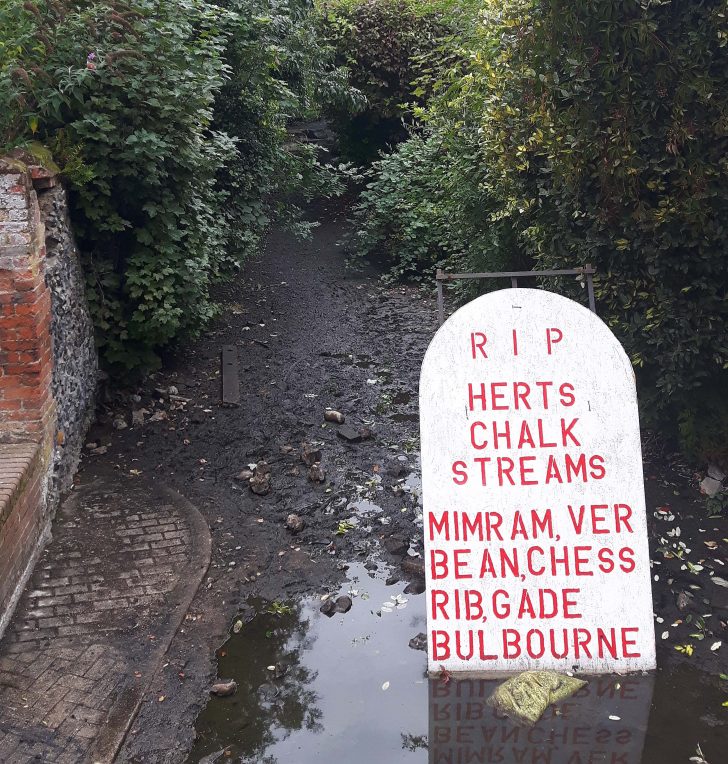
In view of the amount of predicted new house building in Hertfordshire, our response to Affinity’s plan drew attention to the lack of ambition in many of the plan’s actions, including proposals for leakage reductions and targets to lower water use. Among our comments we said: ‘Affinity, with the water industry nationally, should lobby for the immediate introduction of building regulations to deliver water efficient new homes, with rainwater harvesting and grey water reuse.
Since 2019 the weather has been very different and February 2020 saw the highest rainfall for that month since records began in 1766. The plight of the householders and businesses in flooded areas also draws attention to the fact that Britain’s water supplies are very unevenly distributed across the country. Suggestions that water should be moved from areas of plentiful supply to the dry parts of the country have in the past often been countered by concerns about the engineering difficulties and cost involved.
Now however the water companies supplying the south-eastern quarter of England have embarked on a strategic study to evaluate and establish a new water resource infrastructure for the next forty years and more. The study will last until 2025 and cost over £450 million (paid for by the water companies and therefore by customers). Options to be evaluated will include transfers from the River Severn, and also from the West Midlands making use of canal infrastructure. Water reuse and new reservoirs are also being evaluated.
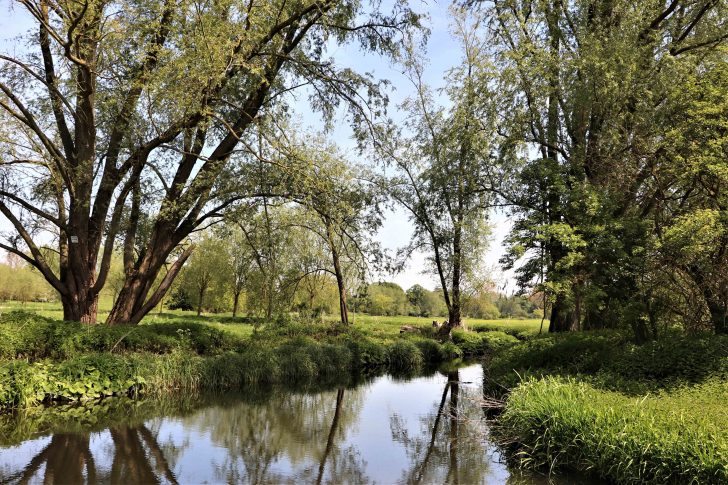
CPREs in the south-east and east of England intend to participate in this study as much as possible, aiming to ensure that solutions are adopted which respect the environment, reflect the challenges of climate change and minimise adverse impacts of new infrastructure on local communities.
Meanwhile here in Hertfordshire we fully support the Ver Valley Society’s call to take action to protect chalk streams much earlier as groundwater levels fall, by bringing in hosepipe bans (now called Tactical Usage Bans – TUBs) much sooner than is usually the case. In the three summer months (June, July and August) TUBs can reduce water demand by around 10%.
2021 Update. In the summer and autumn of 2020 we had above average rainfall and the winter was also very wet. The effects of the wet weather on the aquifer are apparent: in March 2021 the level of the aquifer at the head of the Ver Valley was over seven metres above average and close to the 20 year high. This may go higher still as there is a time lag of two to three months before rainfall amounts are reflected in the aquifer. This is good news for our chalk streams and in the late winter and early spring of 2021 many were flowing from higher up in their valleys than in most years. The longer-term issues of over-abstraction haven’t gone away and we will continue to urge local authorities to consider the impacts of excessive new housing proposals on our precious chalk streams.
If you would like to get involved in our work on water issues please contact us.
